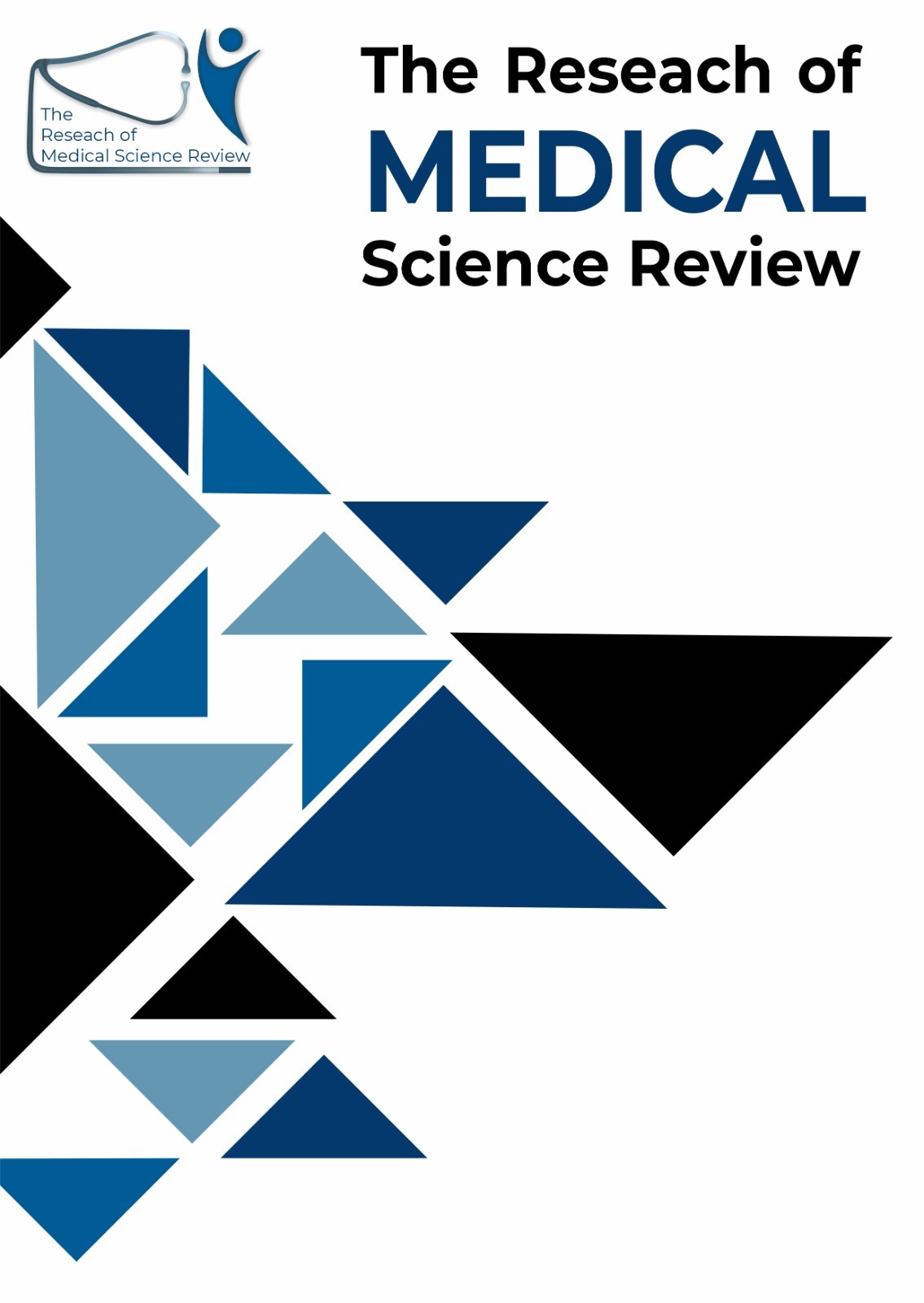FREQUENCY OF MATERNAL OUTCOME REGARDING WOUND INFECTION AFTER EMERGENCY CESAREAN SECTION BASED ON LENGTH OF HOSPITAL STAY
Main Article Content
Abstract
Objective: The aim of this study is to determine the frequency of wound infections in women undergoing emergency cesarean sections and to compare the rates of infection between those who are discharged within 48 hours and those who stay longer than 48 hours.
Methods: This cross-sectional study was conducted at the Department of Obstetrics & Gynecology, Mohtarma Benazir Bhutto Shaheed Medical College, Mirpur, over a 6 month period. A non-probability consecutive sampling technique was used to select participants. The sample size was calculated to be 161, based on a 95% confidence level and an anticipated wound infection rate of 5.4%. Inclusion criteria included women aged 18-40 years, with singleton pregnancies at >32 weeks' gestation, undergoing emergency cesarean section, and with a normal BMI (18.5-24.9 kg/m²). Participants were categorized into two groups based on their length of hospital stay: those discharged in <48 hours and those discharged ≥48 hours. Data on maternal age, BMI, parity, socioeconomic status, and other factors were collected, along with postoperative wound infection status, assessed every 15 days for up to 30 days post-surgery.
Results: A total of 161 women undergoing emergency cesarean sections were included in the study. Among these, 83 participants (51.6%) were discharged within 48 hours, while 78 (48.4%) stayed in the hospital for 48 hours or more. Of the women discharged in less than 48 hours, 5 (6.0%) developed wound infections. In contrast, 11 (14.1%) women who stayed longer than 48 hours developed wound infections. The overall frequency of wound infections in the entire sample was 9.3%. The incidence of wound infection was significantly higher in the longer hospital stay group compared to the shorter stay group (p ≤ 0.05). Additionally, factors such as maternal age, BMI, and socioeconomic status were analyzed, but length of stay was found to be the most significant factor influencing the rate of infection. These results suggest that extended hospital stays may reduce the likelihood of post-cesarean infections, although other contributing factors also need consideration.
Conclusion: The study highlights a significant relationship between the length of hospital stay and the frequency of wound infections following emergency cesarean sections. Women who stayed in the hospital for 48 hours or more had a notably higher rate of wound infections (14.1%) compared to those discharged within 48 hours (6.0%). Despite the overall lower infection rate in the shorter stay group, other factors such as maternal age, BMI, and socioeconomic status also contribute to the risk of infection. This indicates that while a shorter hospital stay may be associated with lower infection rates, it is crucial for healthcare providers to consider a combination of clinical and socioeconomic factors when determining the optimal length of stay for post-cesarean care.
Downloads
Article Details
Section

This work is licensed under a Creative Commons Attribution-NonCommercial-NoDerivatives 4.0 International License.
